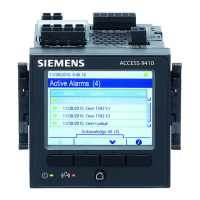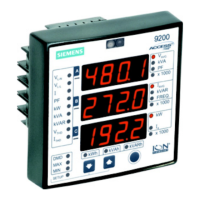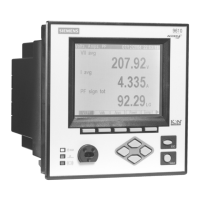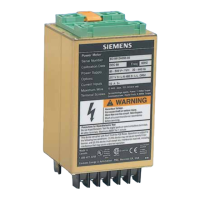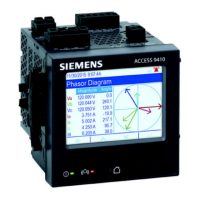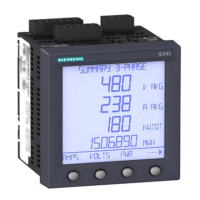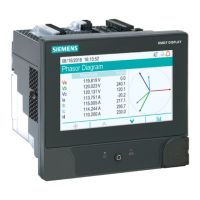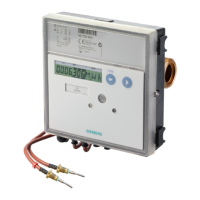Logging 9410 series
Log buffer configuration
The log buffer depth is the maximum number of records that can be stored in the
meter’s short-term memory (RAM) for a particular log.
After records are captured in the log buffer in the meter’s short-term memory, they are
replicated to the long-term memory. Because of inherent differences between short-
term (volatile) and long-term (non-volatile) memory, records can be added more
quickly to the short-term memory than they can be copied to long-term memory.
The logs in the default logging framework have their log buffer depths pre-configured
to a value suitable for most applications. But you can configure the log buffer depth for
your applications, if required (for example, to help ensure the continuity of critical data
in high-speed logging scenarios or to optimize usage of your meter’s memory for your
particular logging configuration).
If you are logging data at high speeds, it is important to review your logging needs, and
find the right balance between data retention and memory optimization for your
particular situation.
NOTE: If you get a message that you do not have sufficient memory when you try
to create a new log or change the configuration of an existing log, you may need to
reduce the log buffer depths of other logs in order to make memory available for
the new log.
Fully buffered logs
A fully buffered log (e.g., a Data Recorder or Waveform Recorder module) is one
where the value of the Buffer Depth setup register is the same as the Depth setup
register. This means the buffer (short-term memory) is set up to use all the available
long-term memory allocated for that log. This ensures the buffer does not run out of
space before all the records are replicated to the long-term memory, regardless of the
recording speed (i.e., the rate of record captures).
You may want to use this configuration if you are logging critical data (for example,
revenue logs) or logging data at frequent intervals (for example, intervals less than 60
seconds). However, it is important to note that this configuration uses the most short-
term memory, or RAM (the meter has a maximum 10 MB of RAM available for the log
buffer depth).
Partially buffered logs
A partially buffered log (e.g., for a Data Recorder or Waveform Recorder module) is
one where the value of the Buffer Depth setup register is less than the Depth setup
register. This means the buffer (short-term memory) is set up to use only a portion of
the available long-term memory allocated for that log. This configuration allows for a
much larger log size (i.e., number of records). However this does not ensure that the
buffer does not run out before all the records are replicated to the long-term memory
(e.g., in the case of high-speed recording).
You may want to use this configuration for logs with intervals greater than 60 seconds
or with less critical data. Because the records are partially replicated, this configuration
uses less of the meter’s short-term memory, or RAM, in a log that is otherwise
configured the same. This allows you to make more RAM available for other logs with
a higher logging frequency or more critical data.
However, depending on your configuration, there may be instances where the log
buffer fills up faster than it can replicate records to long-term memory. In this case, you
may lose records and see gaps in your data.
NOTE: The Insert Outage Records functionality does not work if the data recorder
is configured as partially buffered. In order to use this functionality, you must
configure the data recorder to be fully buffered. See the Data Recorder module
description in the ION Reference, available for download from
www.usa.siemens.com/pds, for more information on Insert Outage Records
functionality.
7EN05-0336-03 131
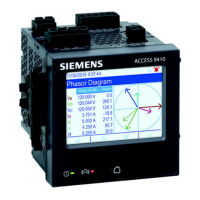
